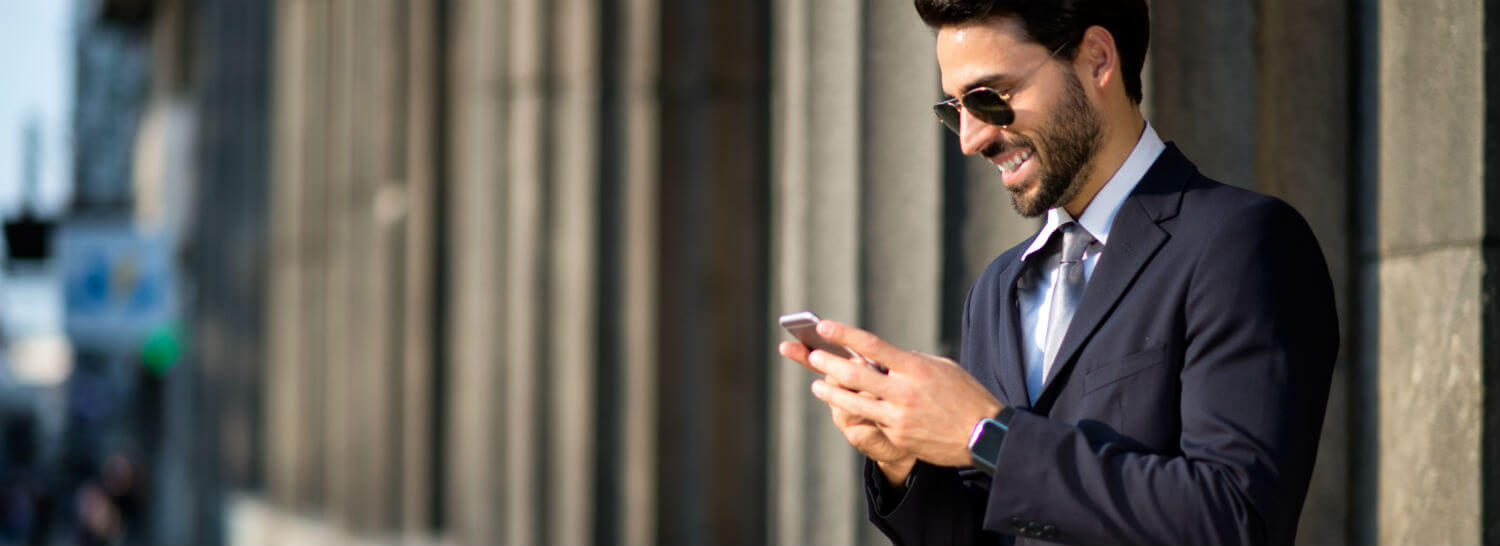It’s all digital first.
The digital world evolved around human needs and behaviour. And it’s now shaping those needs and behaviours.
If you ride on public transport for 120 minutes a day, as I do, you can observe humans in their natural habitat and take note of all this behaviour. And it’s extraordinary to behold the revolution that’s taken place right in front of us.
In February 2016, The Independent was the first national newspaper to announce that it would no longer publish a paper edition. Ahead of their competitors perhaps, yet still behind the curve. If I took a snapshot of people riding the train into Manchester, travelled back ten years in time and showed it to myself, it would provoke one question: What are they all looking at? What are those little fag-packet sized screens that everyone’s studying so intently? And I mean everyone. Hardly anybody looking at a book, maybe a few people on tablets or laptops, absolutely no one reading a newspaper – even the free sheets mostly discarded on the seats. Everyone but everyone, is on their phone. Not making calls, though possibly messaging, but more likely accessing that near infinite repository of information, goods, services, news, current affairs, entertainment and communication that exists on the internet. It’s the one characteristic that seems now to unite us as a species; that in any quiet moment of solitude – sitting on a train, waiting at a bus-stop, standing in a queue, eating lunch on a park bench – the smartphone will come out.
If broadsheet newspapers have been one of the losers in all this, there have been plenty of winners too. Uber has grown exponentially and redefined the future of private hire transport, at the expense of long established providers and networks whose only error, was a failure to make themselves directly accessible via mobile technology. The joy of Uber lies in the fact that it makes booking a taxi into a game, as you watch the map on screen and see that little pulsing icon draw near. Filling the waiting time with reassurance and reward. But it isn’t just that Uber works. It’s that it’s fun.
And that’s the thing about the digital world. That’s the key to its underlying ‘stickiness’, its flourishing appeal, its addictive threat, its extraordinary potential. It’s fun. Huge fun. The most fun you can have with your clothes on. (Well, certainly the most fun you can have on the 0734 to Manchester Oxford Road, as thousands of commuters testify, every day.) And who doesn’t want to have fun?

